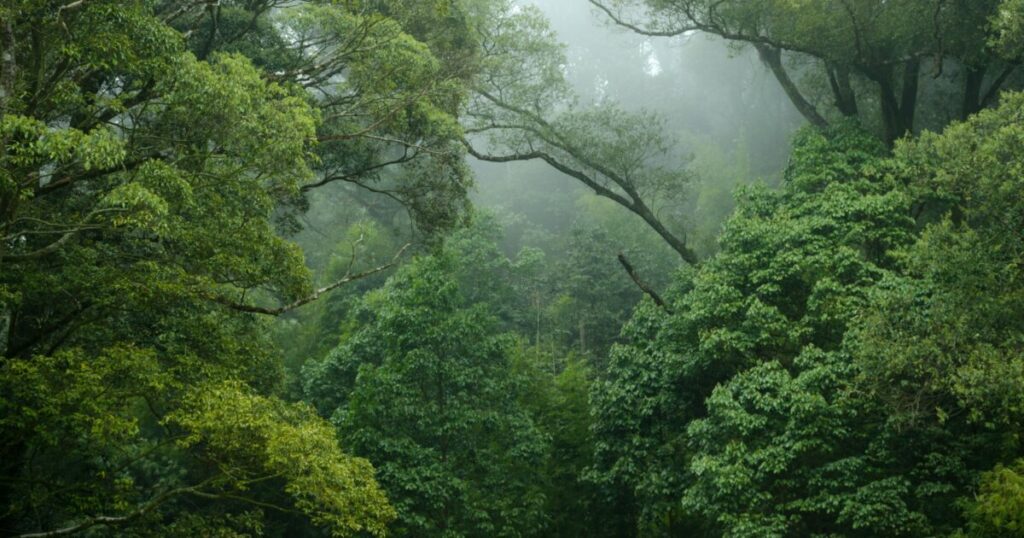Introducing Salonga National Park: The World’s Second Largest Tropical Rainforest
Salonga National Park is located in the Democratic Republic of the Congo and is the world’s second largest tropical rainforest. Spanning over 36,000 square kilometers, it is an incredible example of biodiversity and home to some of the planet’s most exotic and endangered species. Named after the Salonga River, the park is situated on the equator and is comprised of two distinct blocks of forest, the northern block lying in the Salonga River Basin and the southern block in the Cuvette Centrale.
Salonga National Park is a Unesco World Heritage Site and is an important refuge for endangered species such as bonobos, forest elephants, and Congo peacocks. It also provides a safe haven for some of the world’s most threatened primates, including chimpanzees, gorillas, and mandrills.
The Experience of Exploring Salonga National Park
Exploring Salonga National Park is an unforgettable experience. The park has a variety of terrain, from swampy grasslands and wetlands to dense tropical rainforest. There are also a few sections of savannah, which are home to a variety of wildlife.
The best way to explore the park is by boat, as this will allow you to get up close and personal with the wildlife. You can also go on jungle walks, which will give you the opportunity to spot some of the park’s rare animals and birds.
Salonga National Park is also home to some of the world’s most important ecological systems. The park’s wetlands are an important breeding site for many species of birds and amphibians, while the rainforest is home to an incredible variety of plants and animals.
The Rich Wildlife and Biodiversity of Salonga National Park
Salonga National Park is home to an incredible array of wildlife, including over 200 species of mammals, reptiles, amphibians, and fish. The park is also home to over 400 species of birds, including some of the world’s most threatened species such as the Congo peafowl and the Congo sunbird.
The park is also home to a variety of primates, including chimpanzees, gorillas, and mandrills. It is also home to one of the world’s most endangered species, the bonobo.
The park’s tropical rainforest provides an important refuge for many species of plants and animals, many of which are endemic to the region. The park is also home to numerous species of trees, including the African mahogany, which is a key timber species.
Visiting Salonga National Park: Tips and Advice
If you’re planning a visit to Salonga National Park, there are a few things you should keep in mind. Firstly, it is important to note that the park is located in a remote area and is not easily accessible. You will need to arrange transportation from a nearby city.
It is also important to note that the park is extremely remote and there is limited access to medical facilities or other services. Therefore, it is essential to prepare thoroughly before visiting the park.
When visiting, it is important to be aware of the park’s regulations. For example, it is forbidden to enter the park without permission and it is also illegal to hunt or capture wildlife. In addition, it is important to remember that the park is home to many endangered species and it is therefore important to take extra care not to disturb or harm the wildlife.
Finally, it is important to note that the park is home to some of the world’s most exotic and endangered species and it is important to take extra care not to disturb or harm the wildlife or their habitats during your visit. Respecting the park’s rules and regulations ensures the protection of its delicate ecosystem and the preservation of its rich biodiversity for future generations to enjoy. Additionally, consider hiring a local guide who is knowledgeable about the park’s flora and fauna to enhance your experience and ensure your safety. With proper preparation and a deep appreciation for nature, visiting Salonga National Park promises to be a once-in-a-lifetime adventure, offering a glimpse into the heart of one of the world’s last pristine wilderness areas and a chance to witness the wonders of the natural world in all their glory.

